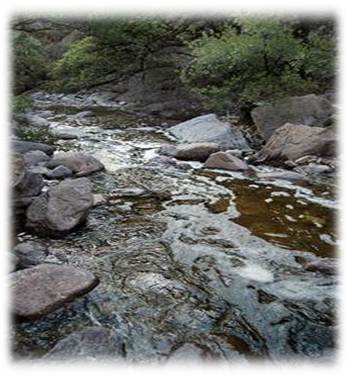Models / SWAT: Soil and Water Assessment Tool

SWAT is a river basin, or watershed, scale model developed to quantify and predict the impacts of land management practices on water, sediment, and agricultural chemical yields in large complex watersheds with varying soils, land use, and management conditions over long periods of time. Click here to go to SWAT Website
Users of this model include, but are not limited to, Natural Resources Conservation Service, Environmental Protection Agency, Texas River Authority, National Oceanic and Atmospheric Administration, Bureau of Indian Affairs, United States Department of Agriculture, and universities.
Capabilities
Basins of several thousand square miles can be studied, but must be divided to account for difference in soils, land use, crops, topography, weather, etc. SWAT accepts outputs from APEX (Agricultural Policy/Environmental eXtender) as well as measured data and point sources. Watersheds with no monitoring data can be modeled and impacts of changes in management and climate can be generated.
Examples of SWAT applications include assessments of:
- the effectiveness of conservation practices within the USDA Conservation Effects Assessment Program (CEAP) initiative
- the impacts of climate change on:
- plant development and transpiration from increased atmospheric carbon dioxide concentrations
- plant growth, stream flow, and other responses from changes in climatic input shifts
- the impacts of historical climate trends versus future climate change projections on hydrology, erosion, and pollutant loss
- the effects of land use and land management on recharge estimates at the watershed scale
- the impact of changes in land use on hydro-sedimentologic characteristics of rivers
- the economic and environmental benefits of conservation practices
- watershed-scale bacteria fate and transport
- hydrological modeling of watersheds
- flow and chemistry variables for development of ecological indicators in stream ecosystems
- soil and water patterns in small watersheds
- cumulative winter stream flows and spring base flows estimates
- conversions to wetlands
- sediment load predictions at different watershed scales
- pesticide and nutrient movement predictions
- alternative land use, best management practices, and other factors on removing pollutants
- stream flow impacts in response to historical land use shifts versus hypothetical land use change
